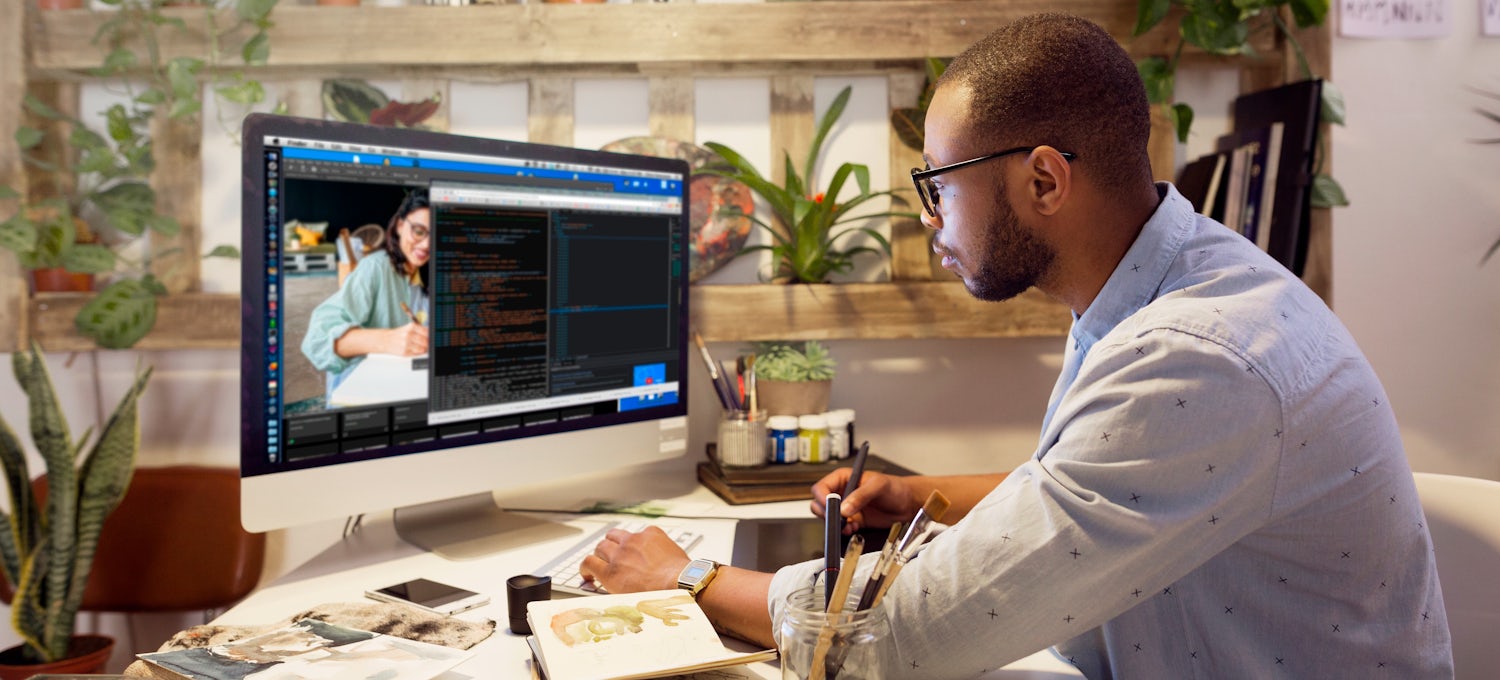Trust Web Design Las Vegas for Creative Website Solutions
Trust Web Design Las Vegas for Creative Website Solutions
Blog Article
Imaginative Web Style Solutions for Modern and Engaging Internet Sites
In the realm of web design, the search of modern-day and interesting services has actually come to be significantly crucial for organizations intending to catch user attention. By incorporating bold color schemes, interactive components, and receptive formats, designers can create experiences that not just resonate with users however additionally enhance brand identity.
Welcoming Vibrant Color Systems
In website design, the calculated usage of bold color pattern can dramatically enhance user engagement and brand name identification. By using vibrant shades, developers can produce aesthetically striking sites that catch focus and promote a remarkable experience. An appropriate shade scheme not just shows a business's values yet additionally evokes details feelings that can affect individual behavior.
Strong colors can be used to assist individuals' focus to crucial elements such as telephone calls to action, improving conversion rates. For circumstances, utilizing contrasting colors for switches and web links can make these elements attract attention, triggering users to communicate quicker. A cohesive color scheme throughout the web site strengthens brand recognition, creating a feeling of experience and trust fund amongst site visitors.
However, it is essential to balance bold shades with sufficient white space to avoid overwhelming individuals. Effective use of typography also enhances strong shades, ensuring readability while keeping aesthetic charm. Eventually, embracing strong color pattern in internet layout not just elevates aesthetic top quality yet additionally plays an important function in attaining tactical service goals, making it a vital consideration for modern-day internet development.

Making Use Of Interactive Aspects
Interactive components are vital in contemporary website design, as they considerably improve customer involvement and develop a more vibrant surfing experience. By incorporating attributes such as animations, float results, and clickable aspects, internet sites can motivate individuals to check out material much more thoroughly and return for future check outs.

Micro-interactions, such as subtle animations when a switch is clicked or a kind is submitted, can also enhance the individual experience by offering immediate feedback. These small information can make the site really feel even more receptive and to life, fostering a sense of link between users and the website.
Furthermore, gamification components, such as benefits for finishing specific actions, can encourage individuals to involve with the material more deeply. By attentively incorporating these interactive elements, web designers can produce an unforgettable and engaging on the internet experience that resonates with customers and urges them to return.
Applying Responsive Layout
Executing responsive style is vital in today's multi-device landscape, making sure that websites supply an optimum watching experience throughout various screen sizes. As customers significantly access the web through mobile phones, tablets, and desktops, a one-size-fits-all approach is no more feasible. Responsive style permits for seamless navigation and communication, adapting layout and web content to fit the device being used.
Secret principles of responsive design include fluid grids, versatile photos, and media queries. Fluid grids use relative units, such as percents, instead than repaired pixels, enabling components to resize proportionately. Flexible images scale within their reference including elements, preventing overflow and basics maintaining visual stability. Media questions assist in the application of different designs based upon the tool's features, such as size, height, or resolution, allowing designers to tailor the user experience properly.
Furthermore, responsive layout improves search engine optimization efficiency, as search engines favor mobile-friendly sites. By executing responsive layout, companies not just improve individual contentment and involvement but likewise boost their reach in an affordable electronic landscape. As innovation remains to advance, taking on receptive design has come to be a basic technique for any type of modern and engaging website.
Incorporating Multimedia Content
Multimedia material plays an essential function in developing interesting and vibrant web experiences that record individuals' focus and improve understanding. By incorporating text, pictures, audio, and video, internet sites can provide a richer story that interest different learning styles and choices. This integration not only strengthens user interaction yet also aids in sharing complex ideas succinctly.
Integrating top quality pictures and infographics can damage up textual content, making it a lot more absorbable. Video tutorials and presentations can supply comprehensive insights that static content may not completely connect. Audio components, such as podcasts or background music, can also enhance the environment of a web site, developing an extra immersive experience.
Moreover, the tactical use multimedia can enhance SEO performance, as online search engine check this site out prefer diverse material types, enhancing exposure. It is critical to make certain that multimedia components do not prevent web page tons times, as this can lead to user aggravation. By balancing multimedia assimilation with efficiency factors to consider, web designers can develop aesthetically attractive and functional websites that reverberate with individuals, promoting a deeper link and motivating return check outs.
Prioritizing Customer Experience

To achieve an ideal customer experience, developers must concentrate on a number of crucial concepts. Responsive design is important; web sites must adjust effortlessly to numerous tools and display dimensions. This access makes certain that users can involve with material no matter their picked system. Clarity in layout and hierarchy is crucial. Clear phone call to activity, legible typography, and arranged material guide users, reducing cognitive lots.
Additionally, incorporating customer comments into the layout procedure is indispensable. Regular screening with genuine users aids determine pain factors and areas for improvement, enabling iterative improvements. Eventually, prioritizing UX not just raises user contentment however additionally drives interaction and conversion rates, making it an essential component of modern-day web layout approaches. By putting customers at the center of layout efforts, internet sites can produce lasting, favorable impacts that motivate return visits.
Final Thought
In verdict, modern-day internet layout options that highlight strong color schemes, interactive elements, responsive layout, and multimedia web content dramatically boost individual interaction and complete satisfaction. las vegas seo. Prioritizing user experience via clear formats and constant comments even more contributes to boosted conversion rates.
Report this page